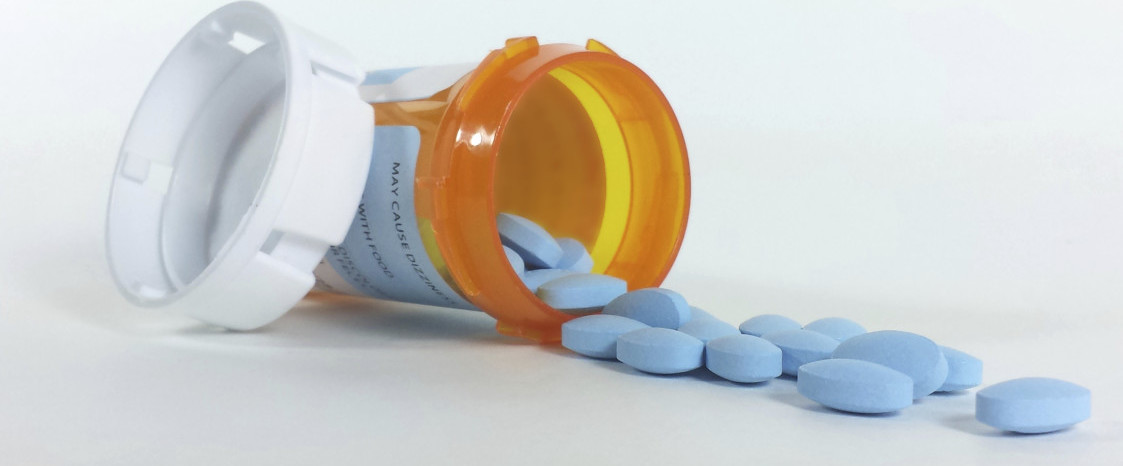By Katie MacBride
The dangers of opioids have received significant media attention over the last several years and rightfully so. Opioid overdoses killed more than 33,000 people in 2015, more than any year on record. But what the media should also be paying attention to is the danger presented by another commonly prescribed class of drugs: benzodiazepines. “Benzos” are frequently prescribed as the anti-anxiety drugs commonly known as Xanax, Klonopin and Valium, among others. Prescriptions for benzodiazepines increased by 67% from 1996 to 2013. Outpacing the increase in benzodiazepine prescriptions? Benzodiazepine overdoses.
How Do Benzodiazepines Work?
Benzodiazepines work by increasing the efficiency of a natural brain chemical, GABA (gamma-Aminobutyric acid), which is one of the so-called “feel-good” neurotransmitters. GABA reduces the excitability of neurons throughout the nervous system. This reduces the communication between neurons and, therefore, has a calming effect on the brain. In addition to anxiety, benzodiazepines are often prescribed for insomnia and some seizure disorders. Although the FDA recommends that benzos only be prescribed for two to four weeks, many doctors prescribe them on an ongoing basis.
Increase in Benzodiazepine Prescriptions
Marcus Bachhuber, MD, MS, assistant professor of medicine at the Albert Einstein College of Medicine, wanted to see exactly how often doctors were prescribing benzos and determine the number of fatalities associated with the medications. In a study by Bachhuber and his colleagues, data from the Medical Expenditure Panel Survey, which offers information about healthcare purchases (including prescription drugs) by families and individuals, was examined. The study authors also looked at data from the Centers for Disease Control and Prevention, including “reports from physicians, medical examiners or coroners on all overdose deaths involving a benzodiazepine.”
By compiling the data from 1996 to 2013, the researchers determined that the number of adults purchasing a benzodiazepine prescription increased by 67%. Further, not all of those prescriptions are equal. Not only did the number of prescriptions increase during that period, but the average quantity filled more than doubled. While it is tragic, it is perhaps not surprising that overdoses related to benzodiazepines also increased during this time. Bachhuber says, “Overdoses from benzodiazepines have increased at a much faster rate than prescriptions for the drugs, indicating that people have been taking them in a riskier way over time.”
Risks Regarding Overdoses
Perhaps one of the reasons benzodiazepine-related overdoses aren’t discussed as frequently as opioid overdoses is the fact that benzodiazepines by themselves don’t have the same risk for overdose as opioids. That said, when mixed with other drugs (opioids and alcohol are especially dangerous when mixed with a benzodiazepine), the risk of overdose with benzos increases substantially. Opioids, alcohol and benzodiazepines all depress the central nervous system, slowing breathing and heart rate. Taking an opioid analgesic and a benzodiazepine together isn’t the same as taking a double dose of either medication. The combination exponentially depresses the central nervous system, producing an effect on the body three to four times that of one of the drugs taken alone.
When an overdose from the two combined drugs occurs, the body essentially “forgets” how to function. Breathing and heart rate slow and sometimes stop completely. Even if help is administered, brain damage can occur as a result of being temporarily deprived of oxygen. While the risk of combining opioids and benzos is something every medical professional should be aware of, it hasn’t had much of an effect on the two drugs being simultaneously prescribed. In August 2016, the FDA reported that between 2002 and 2014, the number of patients who were prescribed both an opioid analgesic and benzodiazepine increased by 41% — which translates to an increase of more than 2.5 million opioid analgesic patients receiving benzodiazepines. The FDA is hoping to combat this issue by requiring more explicit labeling of these medications, though the onus remains on healthcare providers to be clear about the dangers associated with each type of drug as well as the contraindications of the two drugs together.








